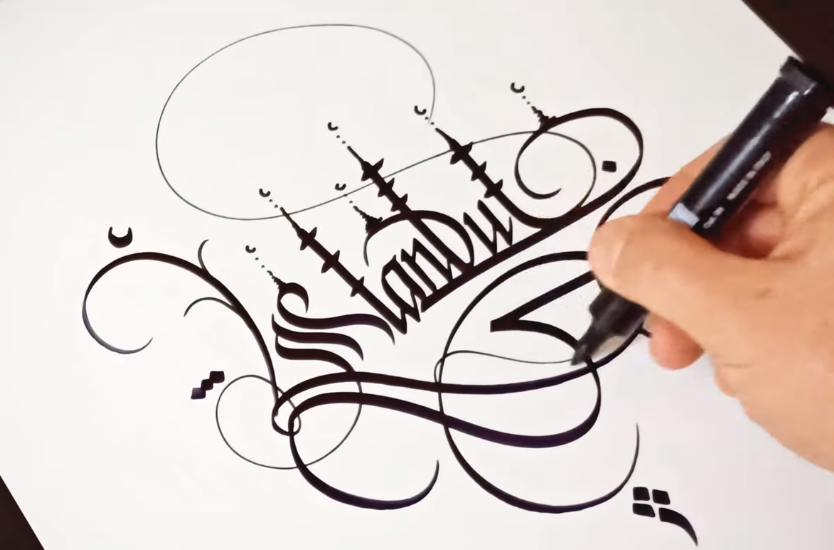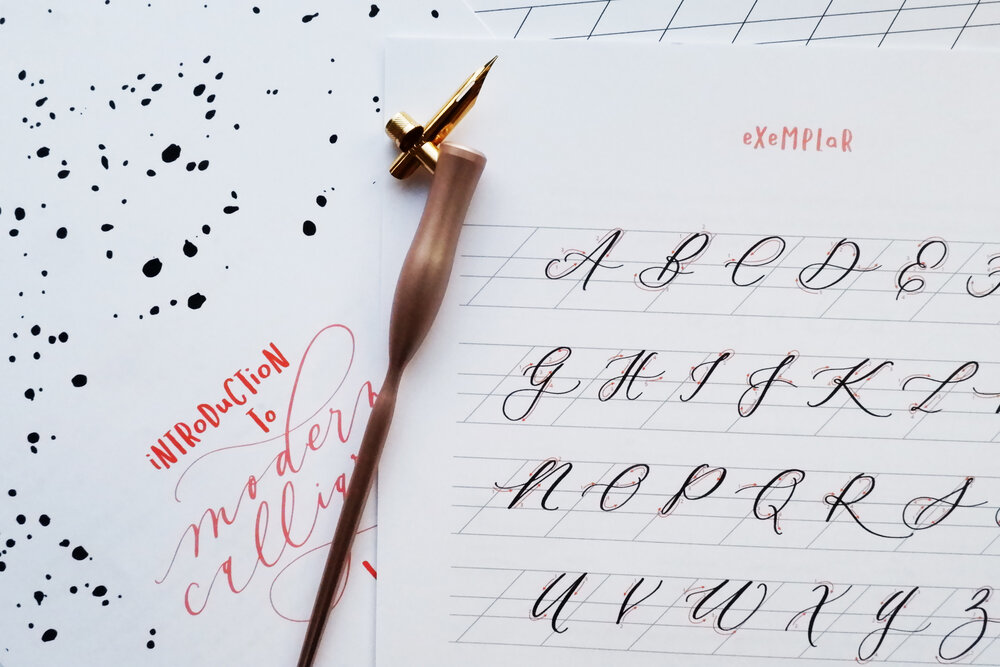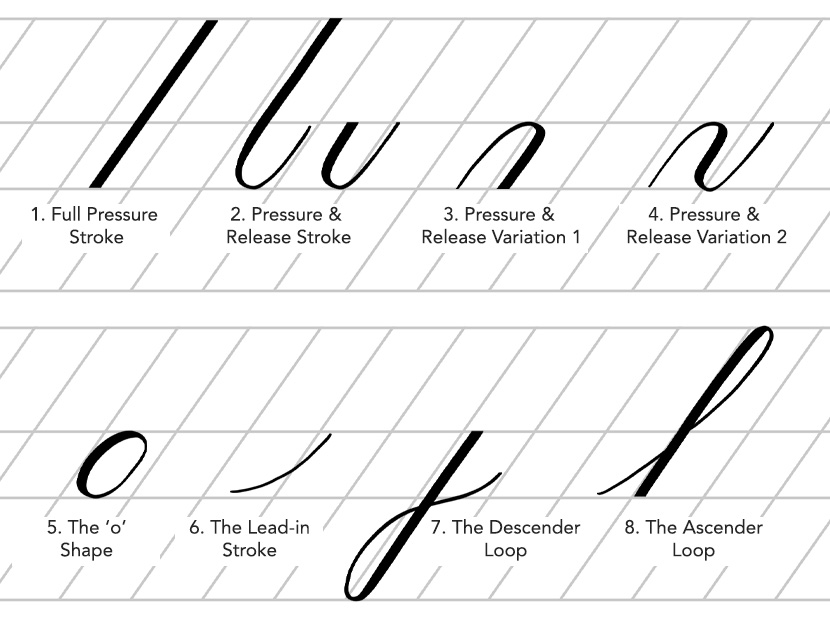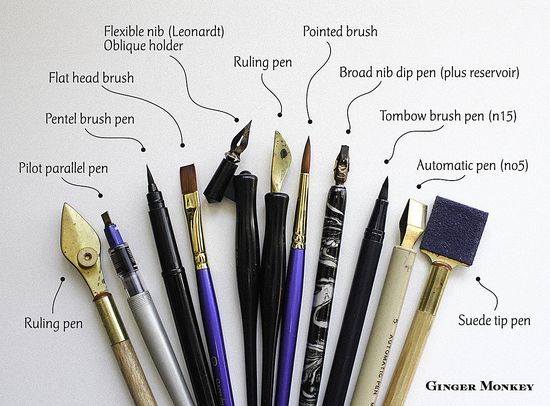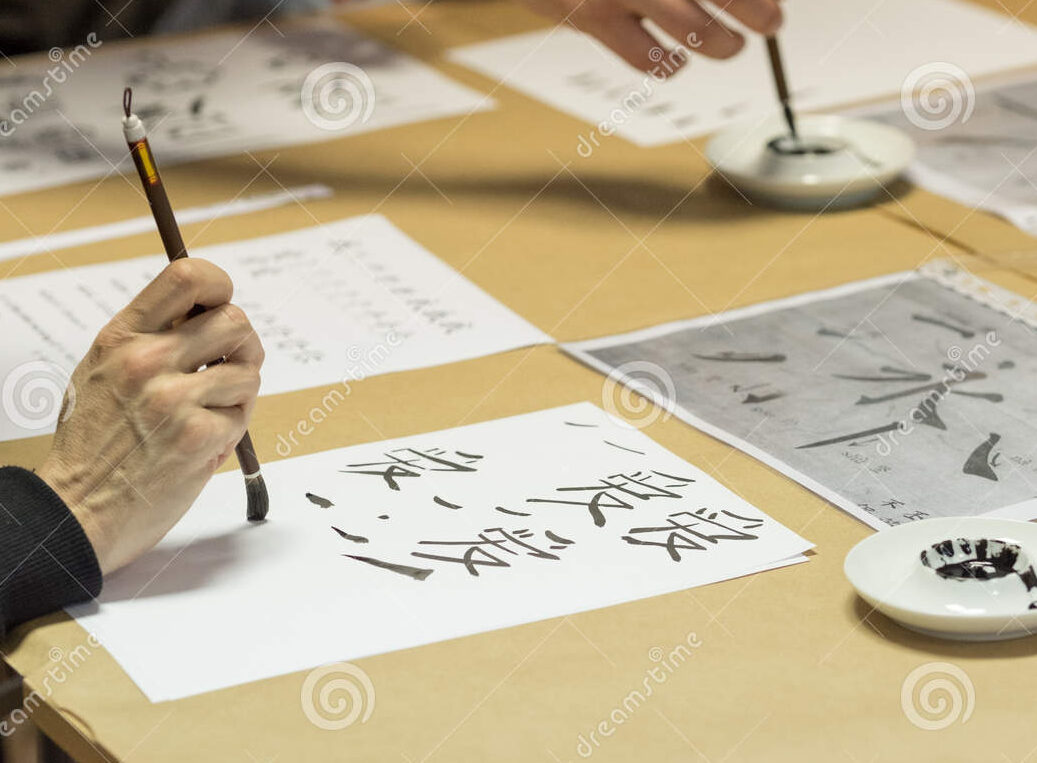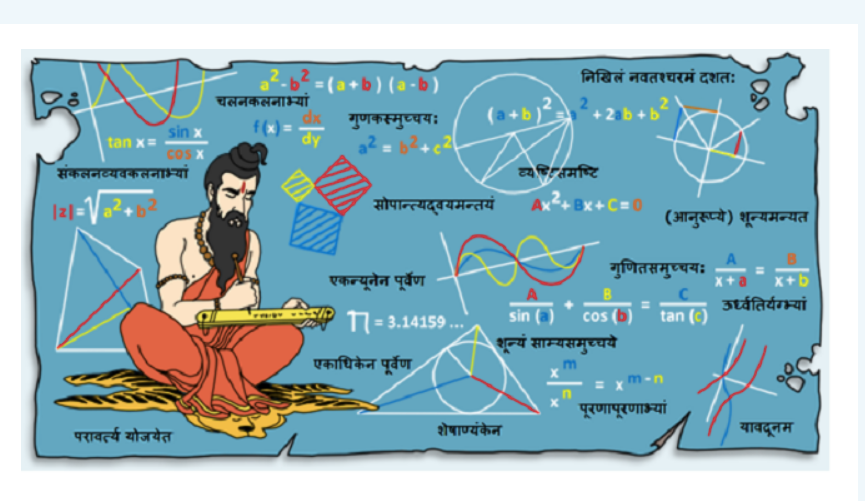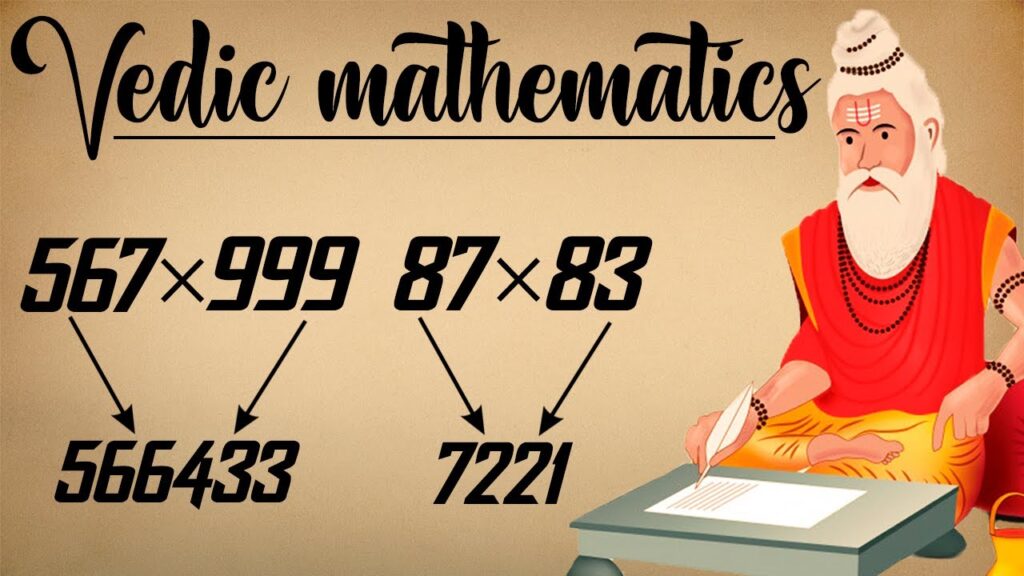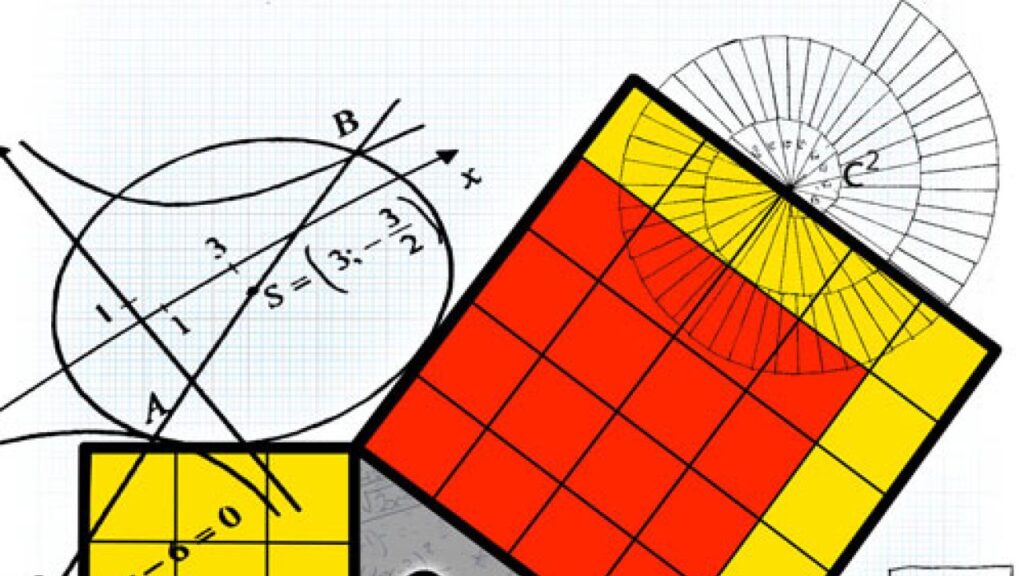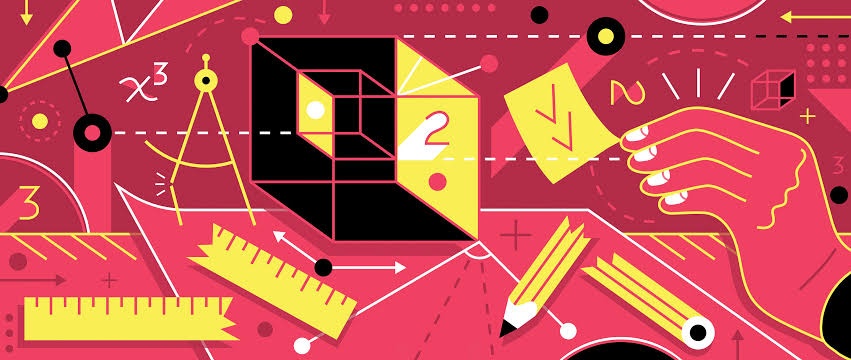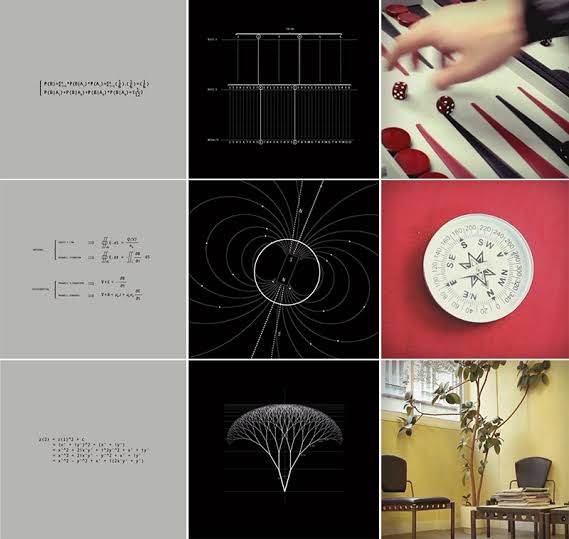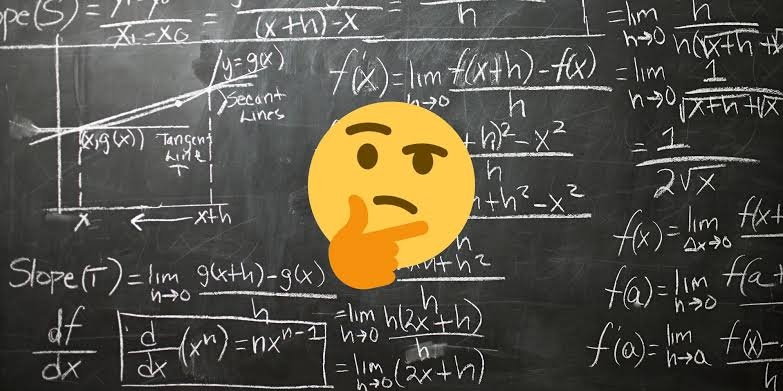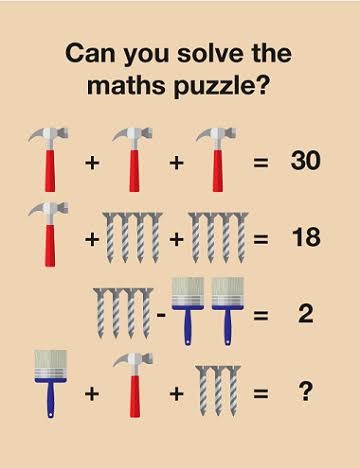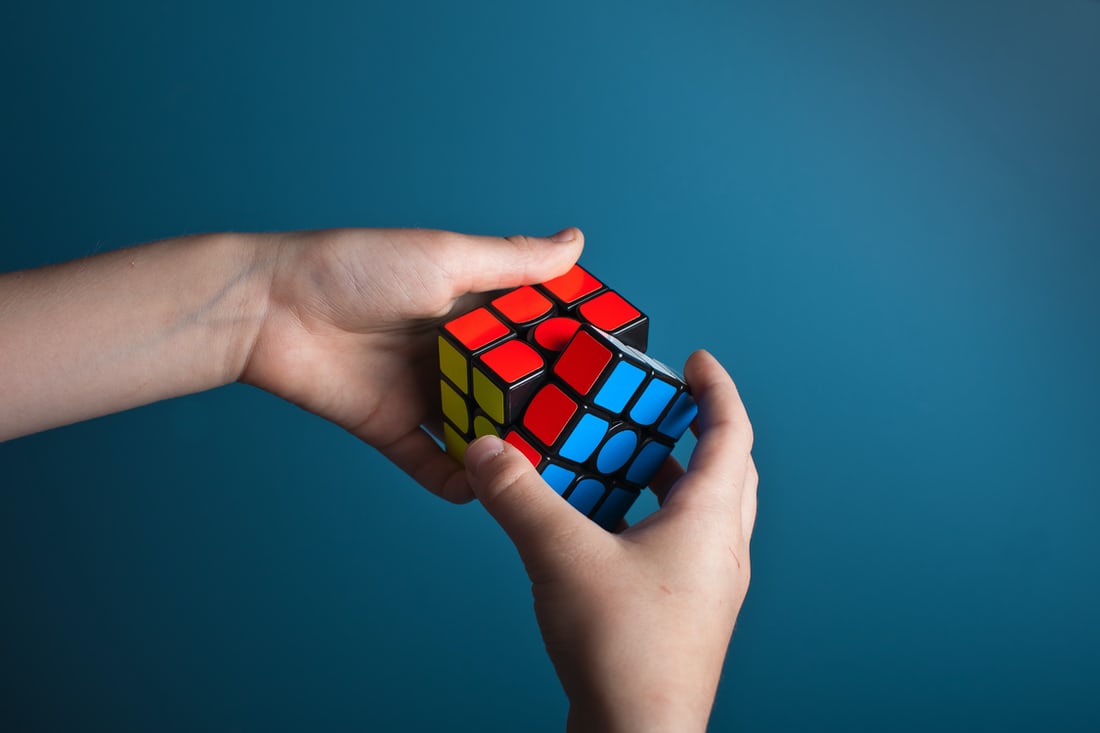Science as a subject has always been associated with a wide variety of practical experiments as its core matter and content. Keen observation and effective application of the learnt inferences are the two central focuses of science enthusiasts everywhere. Here are a few super easy-to-perform and exciting science experiments that will surely leave you marveling.
- The Acid-Base Neutralization Experiment
Chemistry and its various topics and equations can get on the nerves of students across all age groups. To make it interesting and fun, one of the most popular experiments is that of feeling the fizz. The prerequisites are a bowl, some like juice and baking soda. At first, baking soda is emptied onto the bowl. Then a small quantity of lime juice is squeezed over it. Almost immediately there’s the sound of fizz along with the appearance of bubbles. This is due to the neutralisation reaction that would’ve taken place due to the combination of the basic baking soda and acidic lime juice. The fizzing sound and effervescence are due to the evolution of carbon dioxide gas.
- The Reflection of Light on Paper Experiment
Science and its quirks are never-ending and these fascinating experiments prove this fact time and again. The reflection of light on the paper experiment aims to practically demonstrate a key concept of physics, that is the reflection of light. The prerequisites of this experiment are a small mirror or magnifying glass, a piece of paper and a fairly sunlit room or balcony. In this experiment, the mirror is held close to the piece of paper and tilted at an angle to the source of light which is the window from where the light is entering, in this case. The set-up is such that the light rays coming from outside get reflected in the glass and then get concentrated in a small area on the piece of paper. If carried out properly and with patience, after some time the small area on the paper starts to feel extremely heated on touching. When continued vigorously, the portion can also show signs of charring. This incredible experiment singly explains two properties, one that of the bending property of light and also that heat energy is dissipated in the process.
- The Inverted Glass Experiment
This amazing experiment explains the concepts of gravity and atmospheric pressure. The requirements are a glass filled with water and a thick piece of paper. In the experiment, the glass is filled with water and is gently covered by a thick piece of paper or cardboard and then it is inverted over the sink. The water and the paper remain in place.


